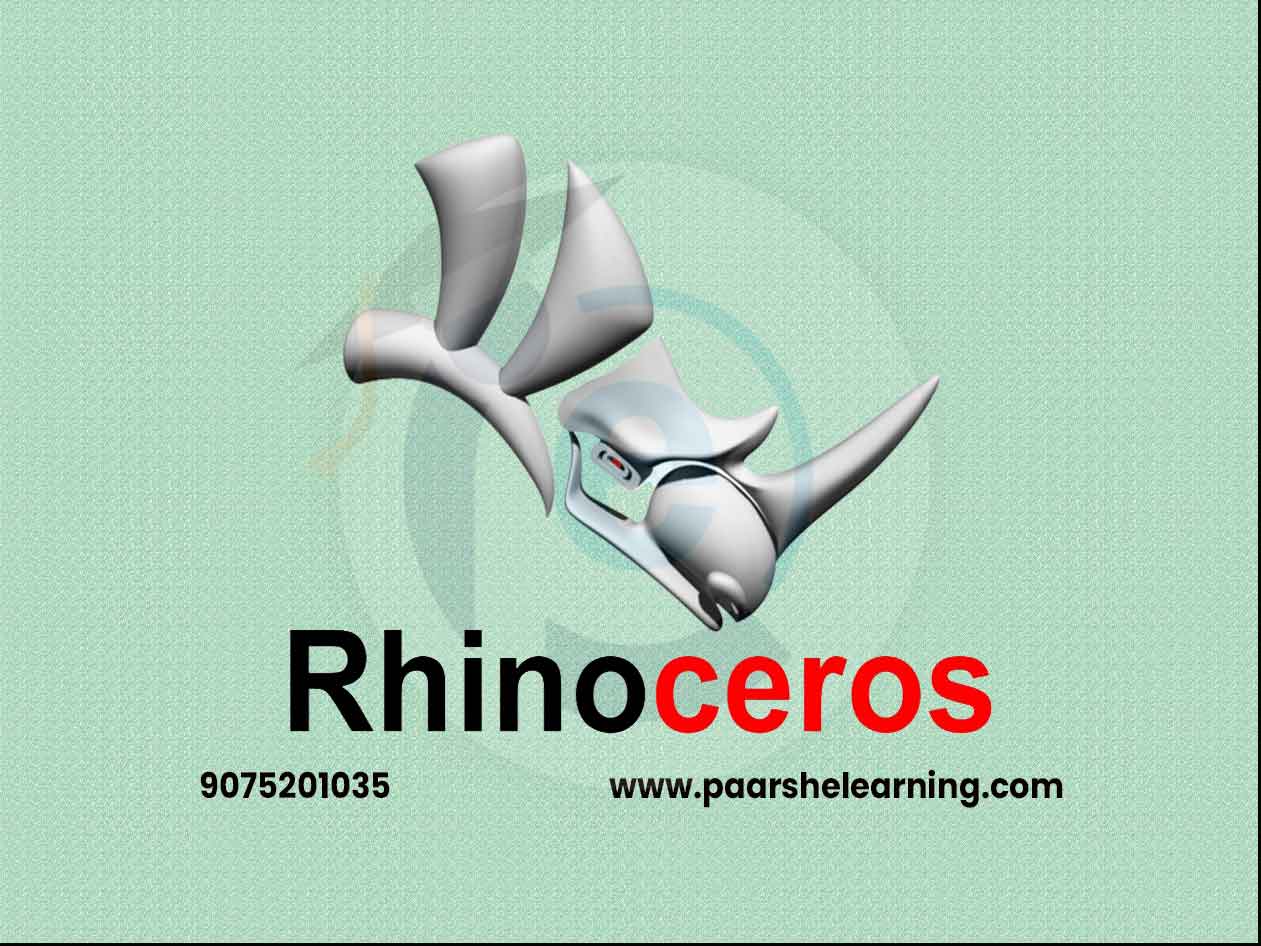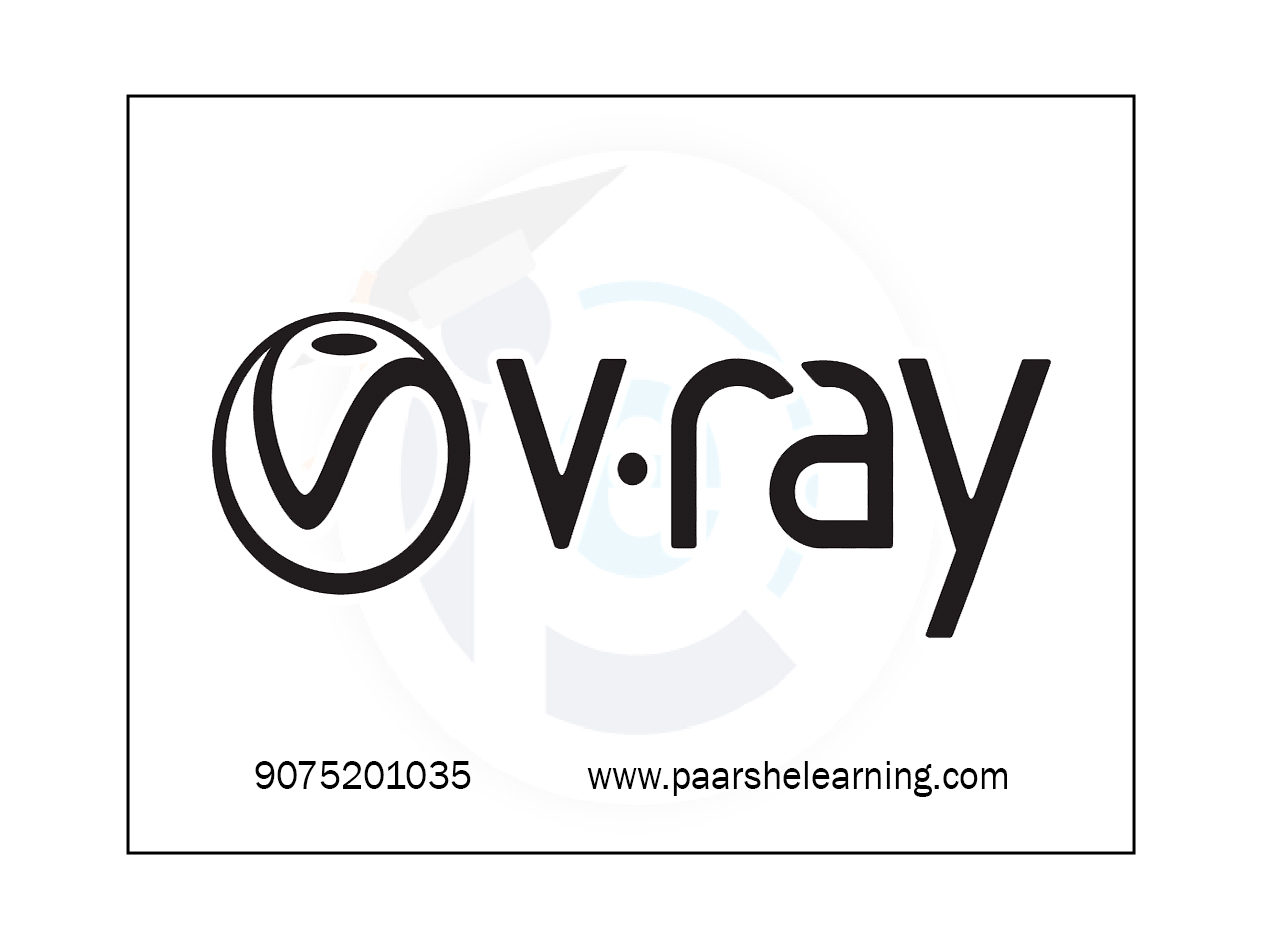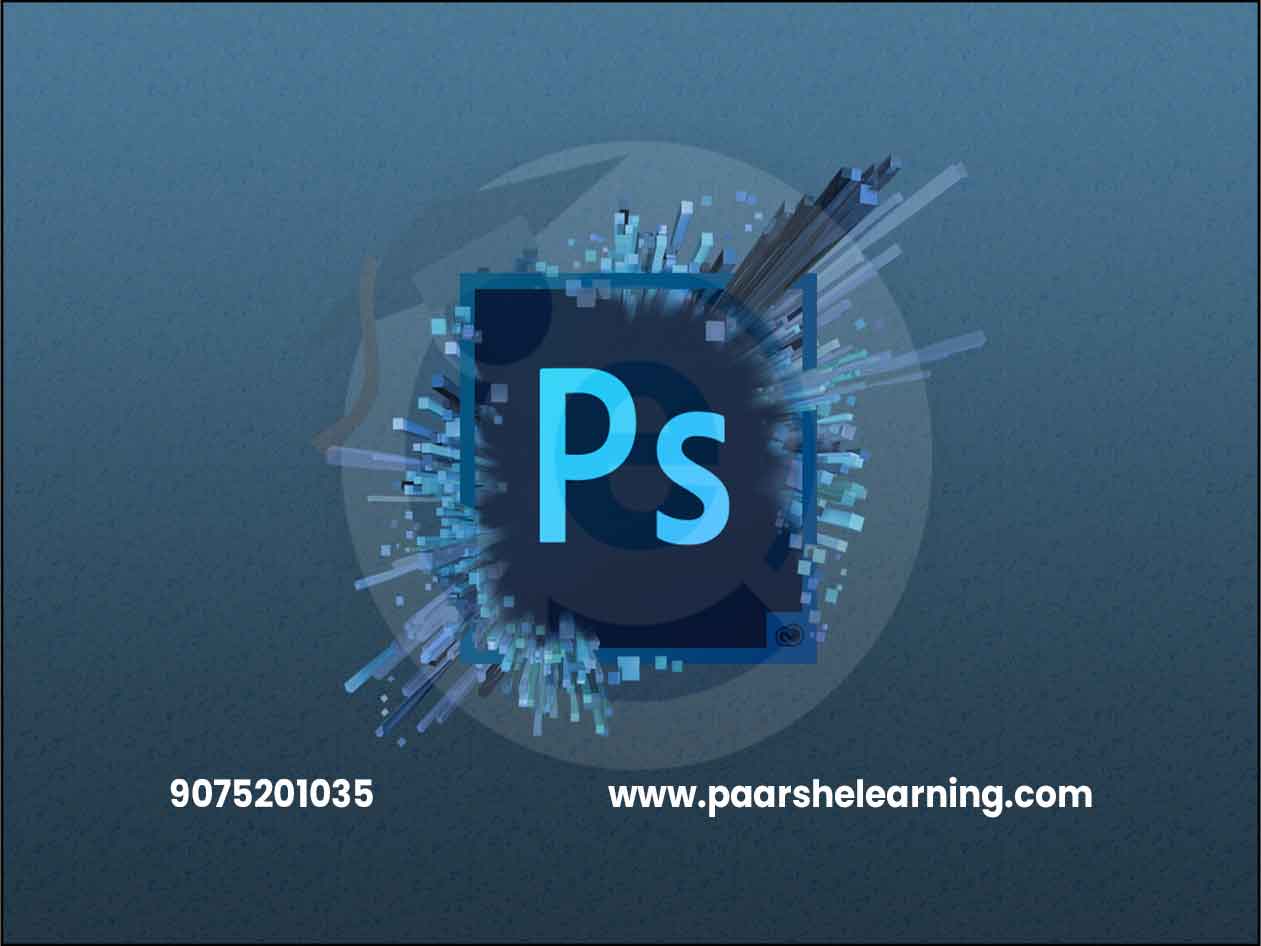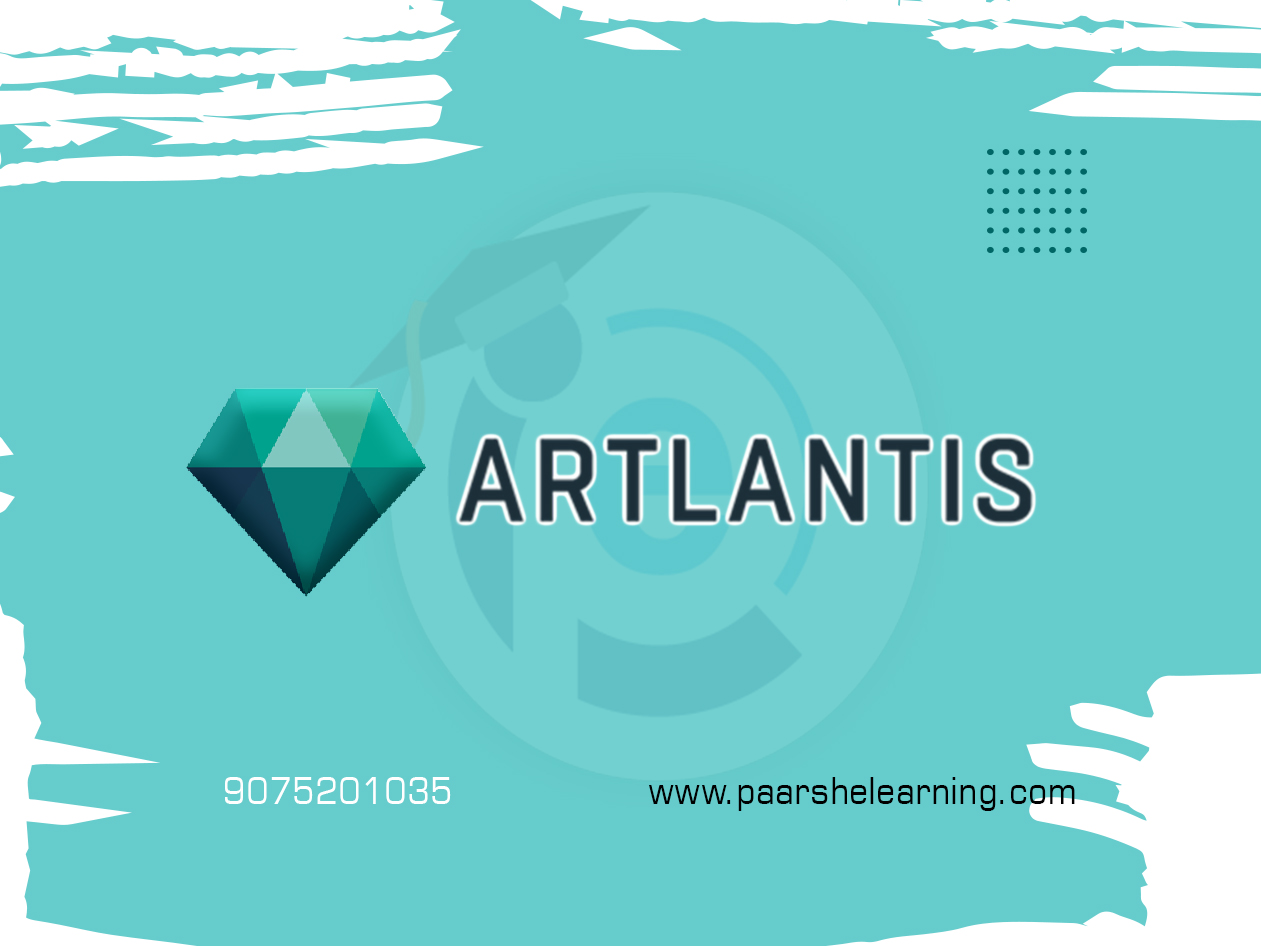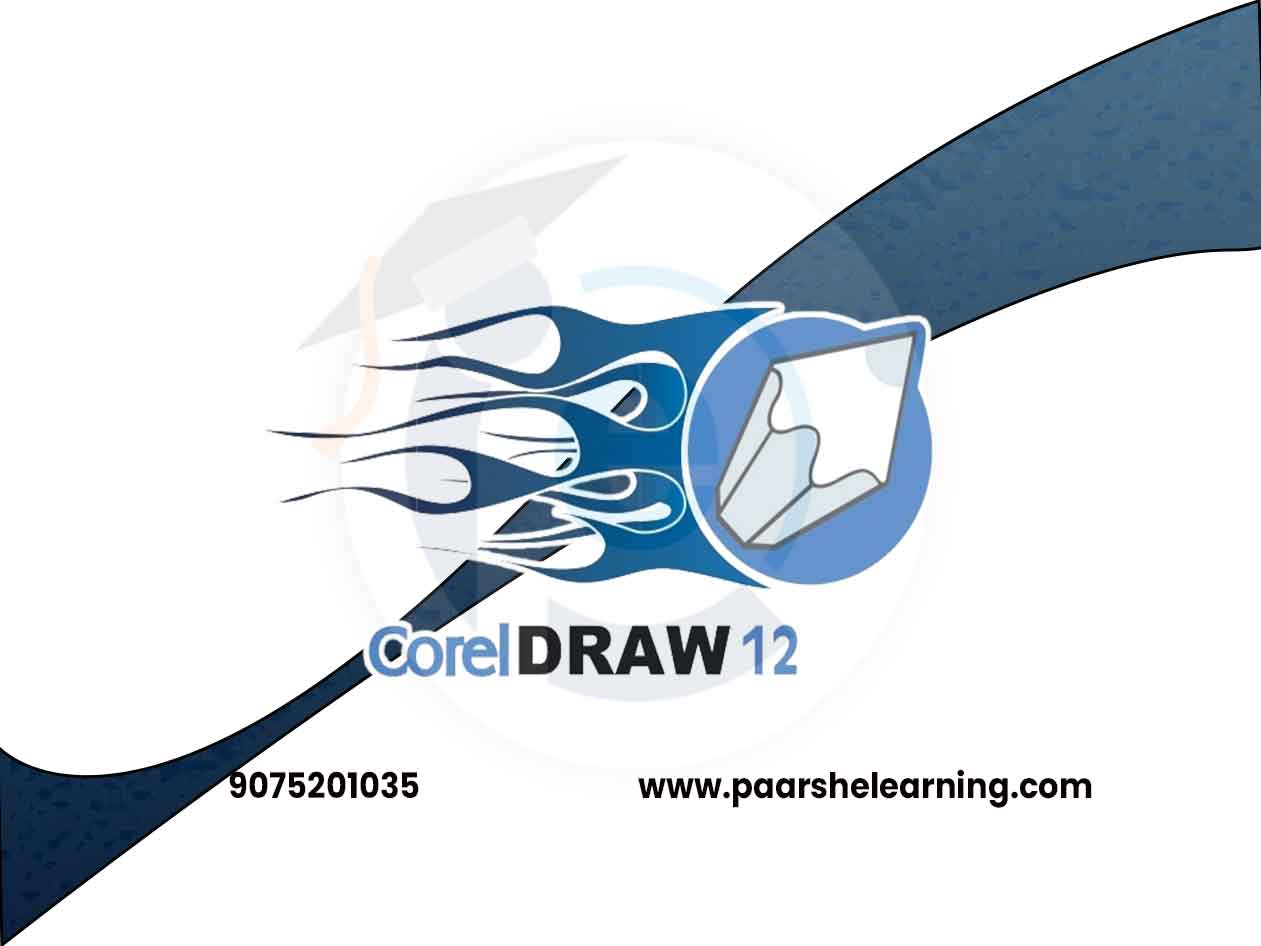- You will learn the fundamentals and become proficient in 3D surfacing, prototyping, and rendering with Rhino 3D.
- You`ll be able to make your very own products ranging from jewelry to furniture design to designing your own aircraft.
- You'll learn to make photoreal renders
- You'll build strong confidence in how to prototype anything
Rhinoceros 3D
Course description
Rhinoceros 3D, commonly known as Rhino, is a versatile 3D modeling software developed by Robert McNeel & Associates. It is widely used in various industries, including architecture, industrial design, product design, jewelry design, and automotive design. Rhino provides a flexible and intuitive environment for creating, editing, analyzing, and rendering 3D models. Here are some key features of Rhino:
-
NURBS Modeling: Rhino is based on Non-Uniform Rational B-Splines (NURBS), which enables the creation of smooth, precise, and mathematically accurate 3D curves and surfaces. Users can create complex shapes and forms by manipulating control points, curves, surfaces, and solids.
-
Versatile Geometry Creation: Rhino offers a wide range of tools and commands for creating geometry, including lines, curves, surfaces, and solids. Users can sketch, extrude, revolve, sweep, loft, and blend curves to generate intricate 3D models. Rhino also supports freeform modeling techniques for organic and sculptural designs.
-
Editing and Modification: Rhino provides a comprehensive set of editing tools for modifying and refining 3D models. Users can move, scale, rotate, and mirror objects. They can also perform Boolean operations to combine or subtract objects, and use fillets, chamfers, and blends to add or remove material.
-
2D Drawing and Documentation: Rhino allows users to generate 2D drawings, technical illustrations, and diagrams from their 3D models. Users can create detailed construction drawings with dimensions, annotations, and text. The software supports layouts, viewports, and printing options for precise documentation.
-
Parametric Modeling: Rhino includes features for parametric modeling, allowing users to create and edit models using parameters and relationships. This facilitates design exploration and iteration by enabling quick modifications and updates to the model based on changing parameters.
-
Analysis and Optimization: Rhino offers various analysis tools to evaluate and optimize 3D models. Users can perform curvature analysis, draft angle analysis, mass properties calculations, and more. These tools help ensure design quality, manufacturability, and performance.
-
Plug-ins and Customization: Rhino supports a wide range of plug-ins and scripting capabilities, allowing users to extend the functionality of the software. Plug-ins can enhance specific workflows or provide specialized tools for specific industries or tasks. Rhino also supports scripting languages like Python and RhinoScript for automation and customization.
-
Rendering and Visualization: Rhino includes built-in rendering capabilities for creating realistic renderings of 3D models. Users can apply materials, textures, lighting, and environmental effects to create visually appealing presentations. Rhino also supports third-party rendering plug-ins for advanced rendering options.
-
Compatibility and Integration: Rhino supports a wide range of file formats, making it compatible with other CAD software and facilitating data exchange. Users can import and export files in formats like DWG, DXF, STEP, IGES, STL, and more. Rhino also integrates with other design and visualization tools for seamless workflows.
-
Learning Resources and Community: Rhino provides comprehensive learning resources, including tutorials, documentation, and a vibrant user community. Users can access online forums, user groups, and knowledge bases for assistance, collaboration, and inspiration.
Rhino's versatility, flexibility, and powerful modeling capabilities make it a popular choice among designers, architects, and engineers. Its intuitive interface, extensive toolset, and support for various industries make it suitable for a wide range of 3D modeling and design applications.
What you will learn from this course?
This course includes!
- Daily Live session
- A recorded session with problem-solving material
- Access on Mobile and TV
- Certificate of completion
- Recommendation Letter
- Job Assistance
This course is for
- Anyone who wants to learn 3D, industrial design, interior design, engineering, architecture, or hobbyists.
- If you like to make renderings and/or prototypes, and create out of your own imagination, then Rhino is the tool for you.
Prerequisites for this course
- You should have Rhino V5, V6, or V7 versions available, either as a demo or purchased. Mac or PC.
- Check the rhino 3D website for downloading a demo version, fully functional. It`s available for Mac and Windows
- Even though I will make my tutorials on a Windows platform those using Rhino for Mac can follow easily.
- This course starts from the very beginning. We build it up little by little and we'll explore all the tools that will help you in your surfacing work.
Rhinoceros 3d Syllabus
-
Introduction To Rhino And 3d Modeling Basics
Understanding the role of Rhino in design and modeling Introduction to Rhino interface and workspaces Setting up the Rhino workspace and navigation Basic 3D modeling concepts and techniques
-
Basic 3d Modeling Techniques
Using basic modeling primitives: box, sphere, cylinder, etc. Creating and editing surfaces and solids Applying transformations: move, rotate, scale Exploring snap tools and object manipulation
-
Advanced 3d Modeling And Surface Design
Utilizing curve-based modeling: loft, sweep, revolve Creating complex forms using surface modeling Blending, filleting, and chamfering edges Introduction to NURBS curves and surfaces
-
Editing And Modifying 3d Geometry
Using editing tools: trim, split, join, fillet Applying booleans and creating complex shapes Exploring mesh modeling and converting surfaces to meshes Repairing and optimizing 3D models
-
Working With Curves And Advanced Techniques
Creating and editing 2D and 3D curves Using control points and control point editing Introduction to organic modeling and freeform surfaces Using Grasshopper for parametric design (if desired)
-
Rendering And Visualization
Applying materials to surfaces and objects Using the rendering environment for realistic visualization Introduction to rendering settings and lighting Creating rendered images and presentations
-
Analysis And Exporting
Measuring and analyzing geometry using Rhino tools Exploring mesh analysis and diagnostics Preparing models for 3D printing and prototyping Exporting models to various formats for further use
-
Real-world Applications And Final Projects
Applying Rhino to various design disciplines: product design, architecture, etc. Students work on individual or group projects applying Rhino to specific domains Instructor guidance and feedback during project development Final project presentations and evaluations
-
Paarsh E-Learning encourages hands-on practice and projects throughout the course to reinforce students' understanding of Rhino concepts. Depending on the goals of the course, you can emphasize different aspects of Rhino, such as 3D modeling, surface design, visualization, parametric design, or digital fabrication. Make sure to cover both the theoretical foundations and practical implementation of Rhino.
